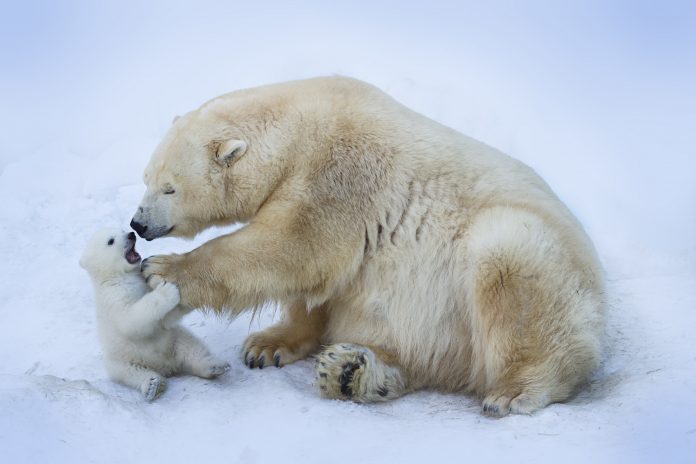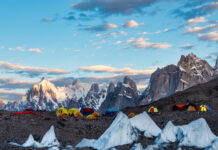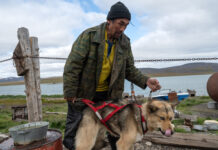Text: Sitaraah Joshi
Our Earth is home to several majestic species, each having their own role to play in the eco-system. Every stretch of land that surrounds us provides us with vast variety — whether its mammals of the land, birds flying high in the sky or exotic underwater creatures. These important members of the animal kingdom are deeply rooted in the planet, with some families dating back hundreds and thousands, perhaps even millions, of years.
Today, on International Polar Bear Day, we celebrate the majestic snow giant and its charming characteristics.
What does the white bear eat?
Scientifically known as Ursus maritimus, Lord of the Arctic, old man in the fur cloak, and white sea deer, polar bears can be found on the sea ice, as they hunt for ringed and bearded seals. They are carnivorous mammals that mainly feed on harped and hooded seals and prowl on the carcasses of beluga whales, narwhals, bowhead whales and walruses. Sometimes, the bears prey on beluga whales and young walruses.
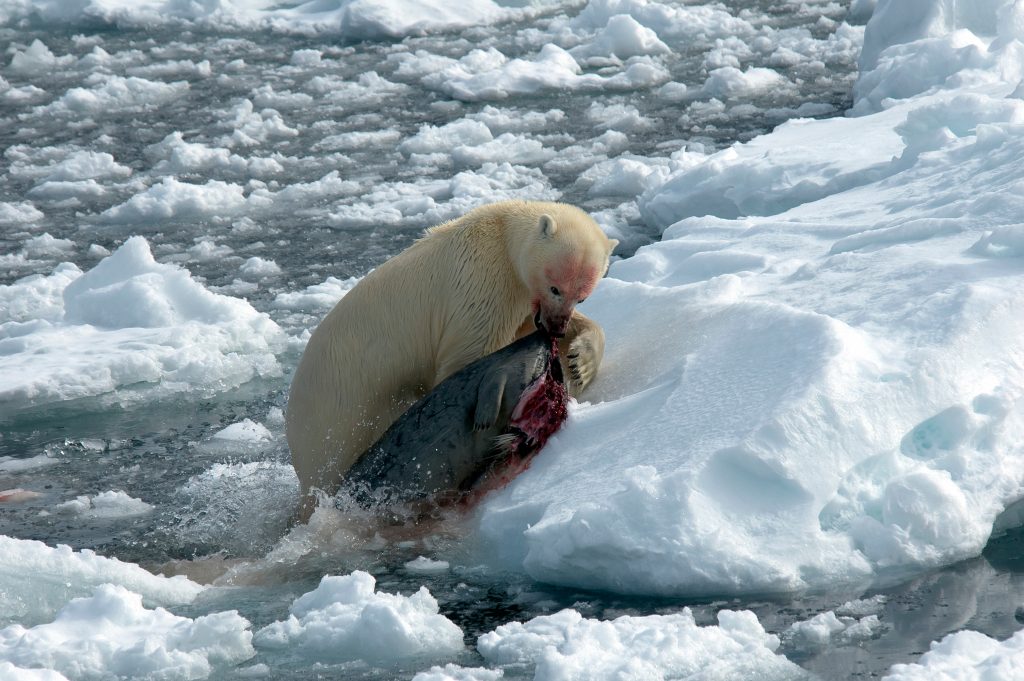
But when there is a real scarcity of food Polar bears will ear just about any animal that they can get their paws on. This includes small rodents, seabirds, fish, eggs, reindeer, waterfowl, vegetation, berries, and the most surprisingly of all — human waste.
Its stomach can hold up to an estimated 15 to 20 percent of its body weight. But a polar bear only really eats this much when its demand for energy is excessive. They absorb 84 percent of proteins and 97 percent of fat from food. A ringed seal of around 55 kilograms could equip a polar bear with up to eight days of energy. This storage helps equip them for hibernation during the winter months.
Where can I find them?
Polar bears can be found in five countries across the Arctic — Canada, the United States (Alaska), Russia, Norway (Svalbard) and Greenland.
Because of the ever-evolving nature of sea ice, the range of their homes is massive. It is much greater than the other species of bears that we see.
This range depends on two factors:
- The availability of seal prey, and
- The quality of sea ice.
They nap anywhere, at any time — most likely after feeding on a seal or other large animals. Naps benefit them in conserving energy that they lose during hunting, eating and traveling processes.
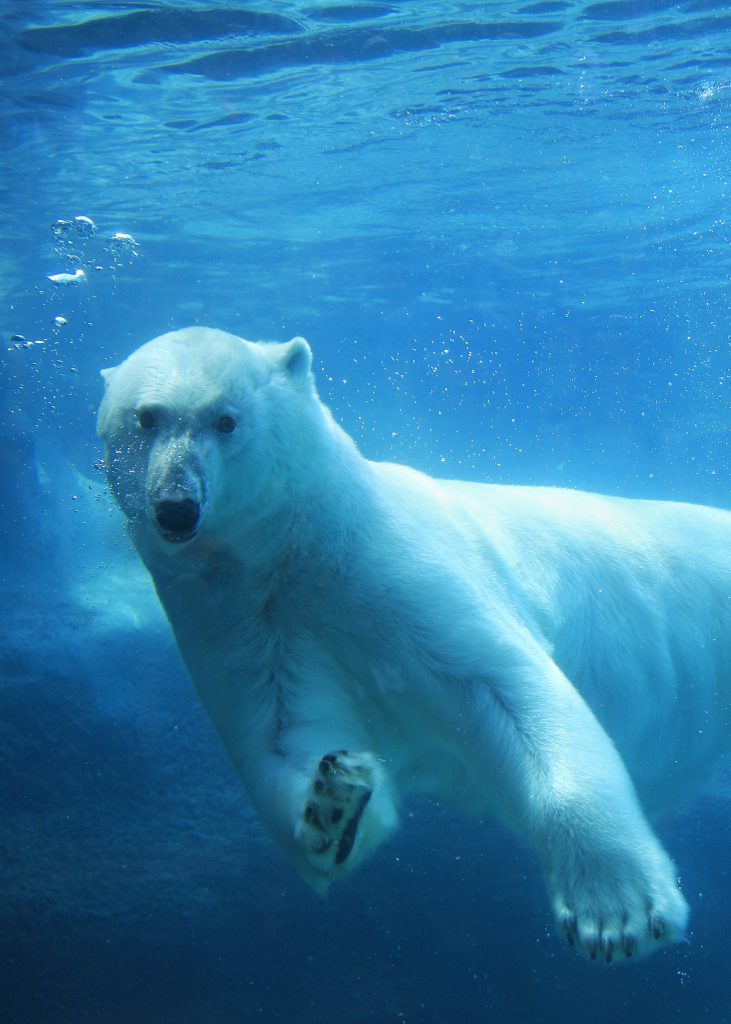
Is a Polar bear larger than me?
The average polar bear is indeed, much bigger in size than humans. Adult male polar bears can range from 2.4 to 3 meters in height, weighing around 450 kilograms. Adult females tend to range from 1.8 to 2.4 meters and weigh approximately 150 to 250 kilograms.
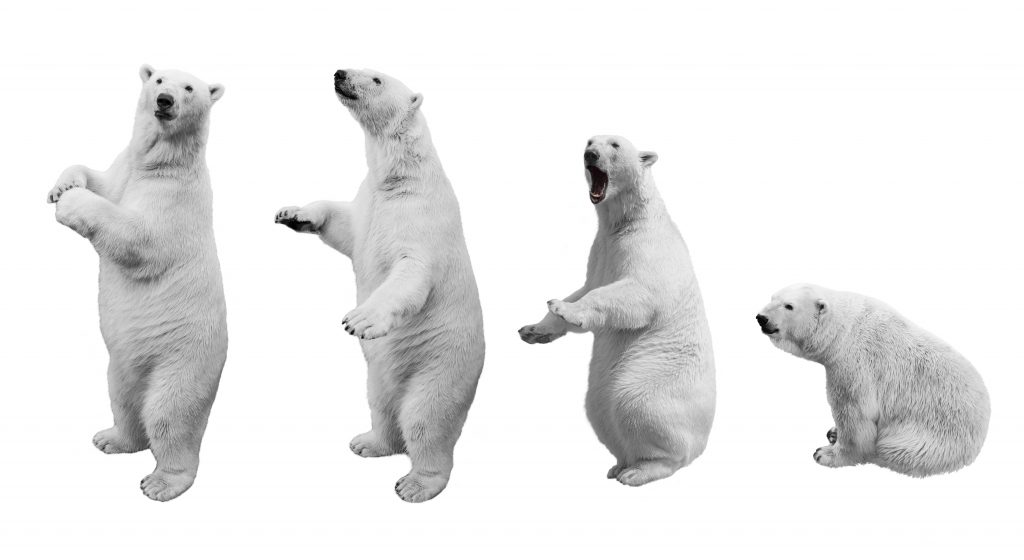
Physical Features and Characteristics
Polar bears are known for their distinct appearance. What may seem like a coat of white fur to from afar is actually collective strands of pigment-free and transparent hair, with a hollow core that reflects visible light.
They look the most pristine and white in colour when they are clean and viewed in high angle sunlight. This is usually after the molting period that takes place in spring and finished by the end of summer. Molting is the process of when oils accumulate in their fur from the food that they eat, making them look yellow.
The fur is made up of dense insulating underfur that is coated with guard hairs which differ in length. The fur is meant to prevent heat loss, even though adult males tend to overheat when they run.
They mainly rely on their layer of fat when they swim in the water to keep warm as wet fur is a poor insulator of heat. Mothers tend to avoid swimming with young cubs because the cubs do not have enough protective fat at their age. Other features like their small and around ears and condensed tails also help in conversing heat.
Thick, sharp, curved and strong claws measuring more than five centimeters long aid polar bears in catching and holding prey, as well as to adhere to the ice. When swimming their fore-paws behave like huge ladles, and their hind paws act as rudders.
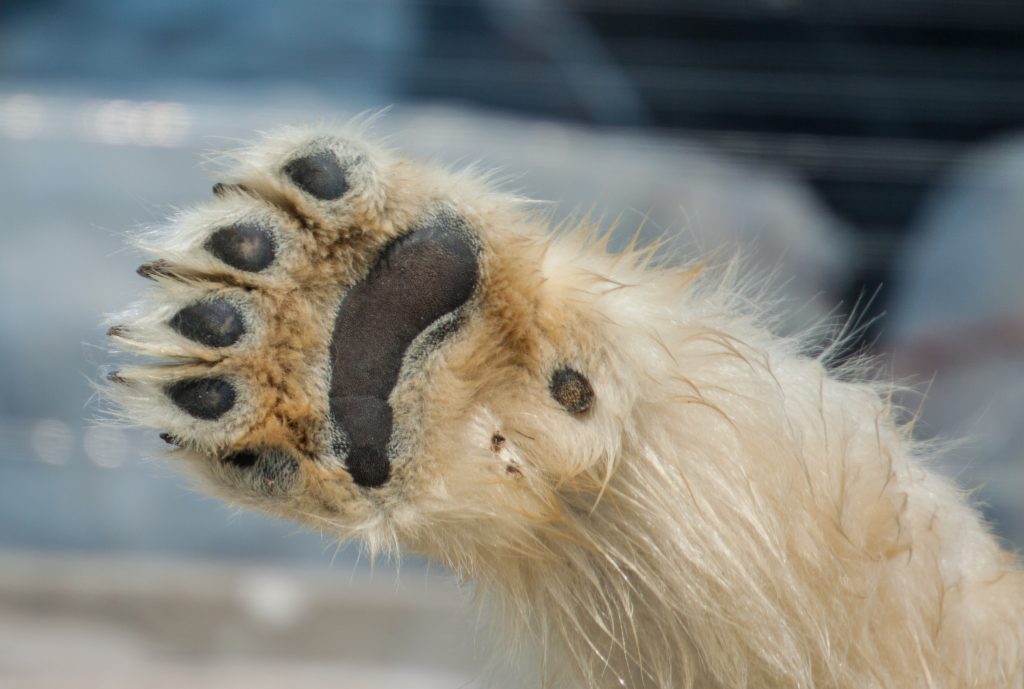
Behavior
‘Polar Bears International’ beautifully describes the in-depth body language, vocalization, and other detailed traits of the bears, which includes the following:
Head wagging from side to side: A sign that polar bears want to play. Adult bears initiate play—which is actually ritualized fighting or mock battling—by standing on their hind legs, chin lowered to their chests, with front paws hanging by their sides.
Nose-to-nose greetings: How a bear asks another bear for something, such as food. The guest bear will approach slowly, circle around a carcass, then meekly touch the feeding bear’s nose.
Chuffing: A vocal response to stress, often heard when a mother bear is worried about her cubs’ safety.
Scolding: Mother bears scold cubs with a low growl or soft cuff.
Rushing: When a male approaches a female with cubs, she rushes toward him with her head lowered.
Hissing, snorting, lowered head: Signifies aggression.
Loud roars or growls: Communicates anger.
Deep growls: Signifies a warning, perhaps in defense of food.
Charging forward, with head down and ears laid back: Attack mode.
Moving downwind of dominant bears: Signifies submission.
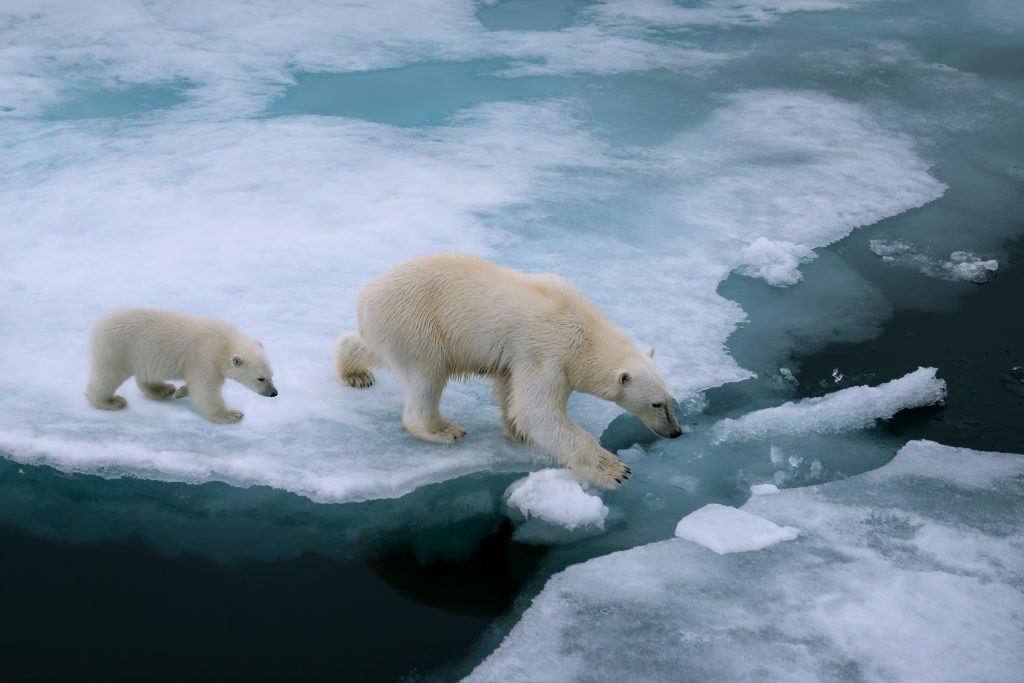
Polar bear Myths and Misconceptions
Here are some common myths that we subscribe to till date —
1. Polar bear’s hollow hairs conduct UV light
This is false. The hollow hairs do not conduct ultraviolet rays to their black skin. In fact, physicist Daniel Koon tested and disproved this theory.
2. Polar bears are eaten by Orcas
Ian Stirling, a scientist, found out that even though and Orca may have a chance to attack a bear stuck on a floating piece of ice, or while swimming in open water, this occurrence is extremely rare. To date, there are no documented cases of such kinds of attacks.
But, as the Arctic sea diminishes, reports of orcas swimming in waters of the Far North are increasing.
3. Polar bears live in both the North and South Poles
Polar bears only inhabit the Arctic areas in the northern hemisphere — not in Antarctica.
Antarctica is classified in the southern hemisphere. Often times, you may observe illustrations of polar bears and penguins grouped together, but actually, this is not possible in the wild.
The word “Arctic” itself originates from the Greek word for “bear”. And The “Antarctic” in Greek connotes “opposite of the Arctic” or “opposite of the bear.”
If you liked this post, do share it and tag us on your Social Media! Subscribe to ASIAN Geographic Magazines for more exciting updates and content.


